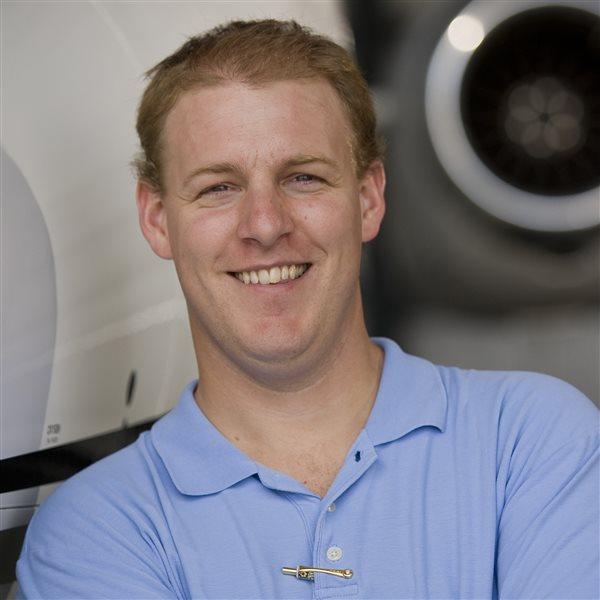In A Brief History of Time, the brilliant physicist Stephen Hawking said he was told that each equation he put in the book would result in losing half his potential readers. He goes on to explain the history and theory of the universe in a quick 212 pages with only one equation: Einstein’s E=mc2.
If Hawking can teach us about the universe in fewer words than a paperback thriller, surely a flight instructor could teach a pilot everything he needs to know about aerodynamics in less than a page. And despite what most instructors preach, that’s plenty.
Aerodynamics is one of many topics where certain pilots feel the need to impress by reciting their deep and vast knowledge. Some insist a student must read Aerodynamics for Naval Aviators to become a private pilot, or others who say if you can’t recite Wolfgang Langewiesche’s great Stick and Rudder you’re no pilot at all. I even received an e-mail recently saying what an ignoramus I am for not pushing all Flight Training readers to get an aerospace engineering degree.
There’s just one critical problem with these arguments. They're wrong. I’m not suggesting you completely ignore the advice of your instructor or throw away your textbooks. Far from it. But to suggest you need to understand fluid dynamics to become a pilot is like saying you need to understand derivative stock trading to open a bank account.
Without question, there are things one must learn about basic aerodynamics to understand how and why an airplane flies. To me, this list includes things such as angle of attack and the four forces (lift, weight, thrust, drag). You would be surprised how many things originate with these simple concepts. Like most of what we do in flight training, these concepts are building blocks upon which greater knowledge is laid. Angle of attack, for example, helps to explain stalls, spins, lift, drag, and much more.
One of the best resources on aerodynamics and its applicability to flight training is the FAA. The agency produces the Airplane Flying Handbook and the Pilot’s Handbook of Aeronautical Knowledge, both of which should be required reading for students. Another piece of required reading is this month’s cover story, “Of Wings and Things,” on page 24. Author Budd Davisson does a great job of drawing a direct reference line between the seemingly foreign topic of camber straight to the pilot’s control yoke. It’s an easy read, and one that should get you thinking more about how the airplane's structure affects your ability to control it.
In the end, control of the airplane is the whole point. Our control inputs are a response to the environment and the airplane’s behavior, much of which is learned through muscle memory. It might be interesting to know the critical angle of attack for the wing of each airplane you fly, but that information won’t help you avoid a stall any better than going out there and practicing in the airplane. If it did, the manufacturers would include the number in the manual. And, like Hawking said, only half of us would read it.



